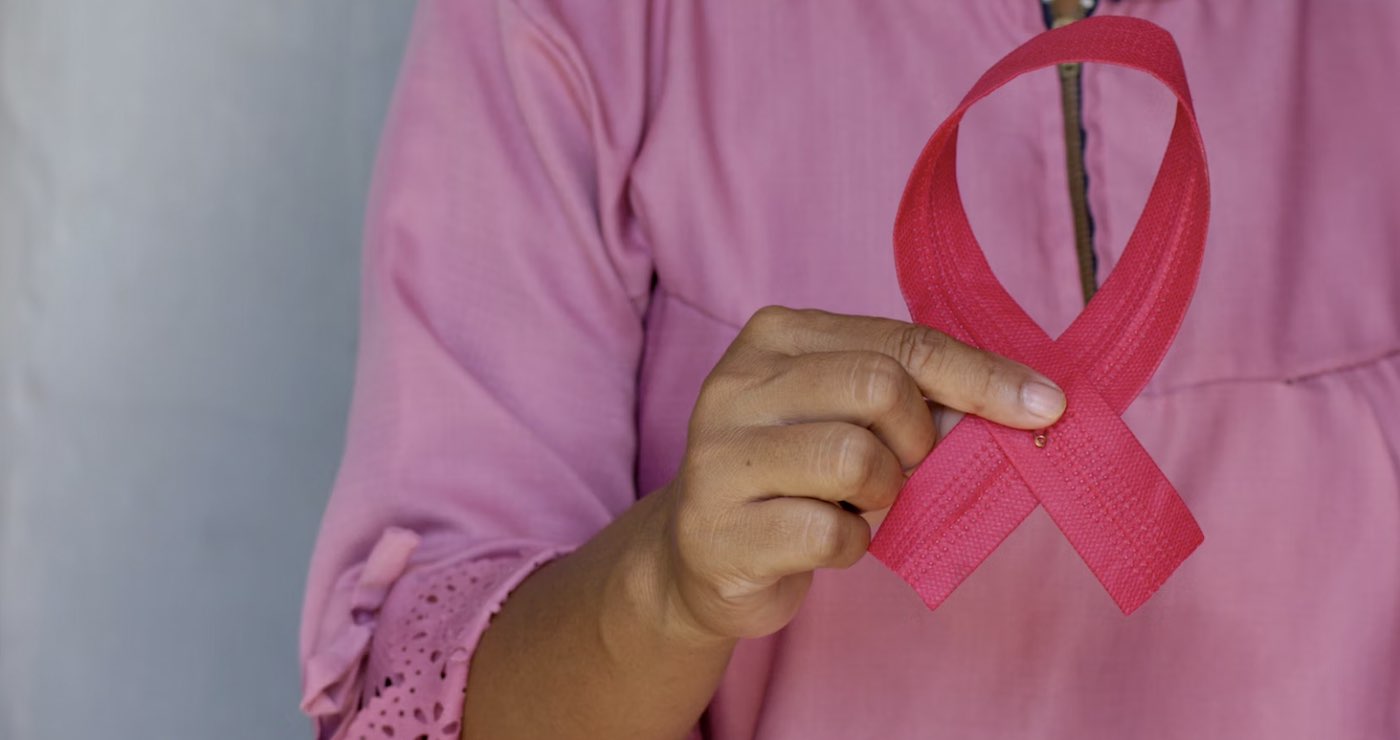Revolutionary Single-Dose Treatment Eradicates Breast Tumors in Mice with Zero Side Effects

In a groundbreaking development in the fight against breast cancer, researchers at the University of Illinois have created a promising new treatment known as ErSO-TFPy. This innovative compound has demonstrated remarkable efficacy in eliminating small tumors entirely and significantly reducing larger ones in animal models, all without causing adverse side effects. The significance of this discovery could reshape the landscape of breast cancer therapies, particularly for those with estrogen receptor-positive (ER+) breast cancer.
Promising Results from Animal Studies
In extensive trials involving both mice and rats, a single dose of ErSO-TFPy proved to be highly effective. Researchers observed that:
- Small tumors were completely eradicated.
- Larger tumors showed significant shrinkage.
- No harmful side effects were reported in the treated animals.
This is a remarkable achievement, as noted by Dr. Paul Hergenrother, the lead author of the study. He emphasized the rarity of a treatment that can both shrink and eradicate tumors in breast cancer models with just one administration.
Understanding ER+ Breast Cancer
Estrogen receptor-positive breast cancer is the most prevalent type of breast cancer in the United States, affecting approximately 13.1% of women during their lifetimes. This form accounts for 15% of all cancer diagnoses in the country. Current treatment protocols typically involve a combination of surgery and hormone therapy to suppress estrogen levels, which, while effective, come with various side effects such as:
- Increased risk of blood clots
- Sexual dysfunction
- Osteoporosis
These complications often lead patients and researchers to seek more effective and less harmful treatment options.
Advances in Research and Future Implications
The recent study, published in ACS Science, highlights the impressive capabilities of ErSO-TFPy. The compound not only induced complete tumor regression in small tumors but also managed to tackle larger tumors ranging from 500−1500 mm³ effectively. The researchers noted that the tumor regressions resulted from necrotic cell death, and interestingly, the mechanism appears to be independent of immune cell involvement.
This groundbreaking research also included experiments involving transplanted human breast cancer cells in mice, further suggesting that ErSO-TFPy could be effective in human patients as well.
Looking Ahead
As we look to the future of cancer treatment, innovations like ErSO-TFPy represent a beacon of hope for those battling breast cancer. Continued research and clinical trials will be crucial in determining how this treatment can be integrated into existing therapies, potentially offering a new lifeline with fewer side effects.
Share this exciting news about the future of breast cancer treatment with your friends and family!
